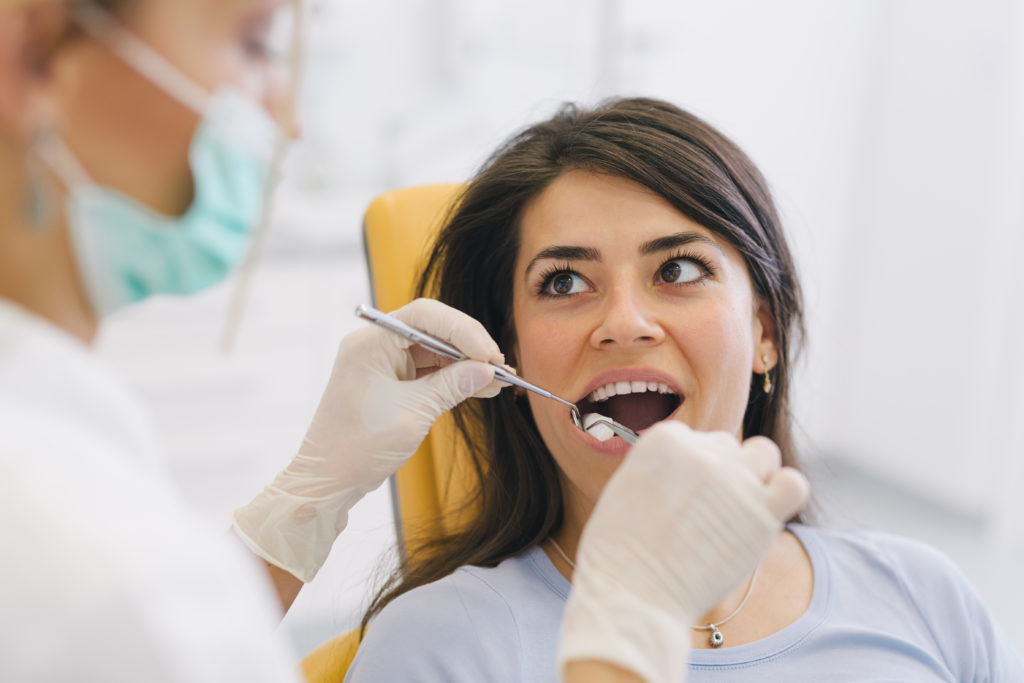

The past two decades have witnessed growing evidence (both experimental and clinical) of a tight relationship between abnormalities in the autonomic nervous system and death from myocardial infarction, both sudden and not sudden. 1,2 Thus, identification of apparently normal persons who actually are at higher-than-average risk for sudden death is a major challenge. Its effect is accentuated by the fact that sudden death is often the first manifestation of cardiovascular disease. Sudden and unexpected death from cardiac causes is an important health burden in the Western world. The heart-rate profile during exercise and recovery is a predictor of sudden death. After adjustment for potential confounding variables, these three factors remained strongly associated with an increased risk of sudden death, with a moderate but significantly increased risk of death from any cause but not of nonsudden death from myocardial infarction. The risk of sudden death from myocardial infarction was increased in subjects with a resting heart rate that was more than 75 beats per minute (relative risk, 3.92 95 percent confidence interval, 1.91 to 8.00) in subjects with an increase in heart rate during exercise that was less than 89 beats per minute (relative risk, 6.18 95 percent confidence interval, 2.37 to 16.11) and in subjects with a decrease in heart rate of less than 25 beats per minute after the termination of exercise (relative risk, 2.20 95 percent confidence interval, 1.02 to 4.74). Resultsĭuring a 23-year follow-up period, 81 subjects died suddenly. We examined data on the subjects' resting heart rates, the increase in rate from the resting level to the peak exercise level, and the decrease in rate from the peak exercise level to the level one minute after the termination of exercise. MethodsĪ total of 5713 asymptomatic working men (between the ages of 42 and 53 years), none of whom had clinically detectable cardiovascular disease, underwent standardized graded exercise testing between 19. Since alterations in the neural control of cardiac function contribute to the risk of sudden death, we tested the hypothesis that among apparently healthy persons, sudden death is more likely to occur in the presence of abnormal heart-rate profiles during exercise and recovery. The most trusted, influential source of new medical knowledge and clinical best practices in the world.Ĭhanges in heart rate during exercise and recovery from exercise are mediated by the balance between sympathetic and vagal activity.
#EXERCISE HEART HEALTH RISK PROBABILITY LICENSE#
Information and tools for librarians about site license offerings. Valuable tools for building a rewarding career in health care. The authorized source of trusted medical research and education for the Chinese-language medical community. The most advanced way to teach, practice, and assess clinical reasoning skills.

Information, resources, and support needed to approach rotations - and life as a resident. The most effective and engaging way for clinicians to learn, improve their practice, and prepare for board exams. NEW! Peer-reviewed journal featuring in-depth articles to accelerate the transformation of health care delivery.Ĭoncise summaries and expert physician commentary that busy clinicians need to enhance patient care.
#EXERCISE HEART HEALTH RISK PROBABILITY TRIAL#
NEW! A digital journal for innovative original research and fresh, bold ideas in clinical trial design and clinical decision-making.


 0 kommentar(er)
0 kommentar(er)
